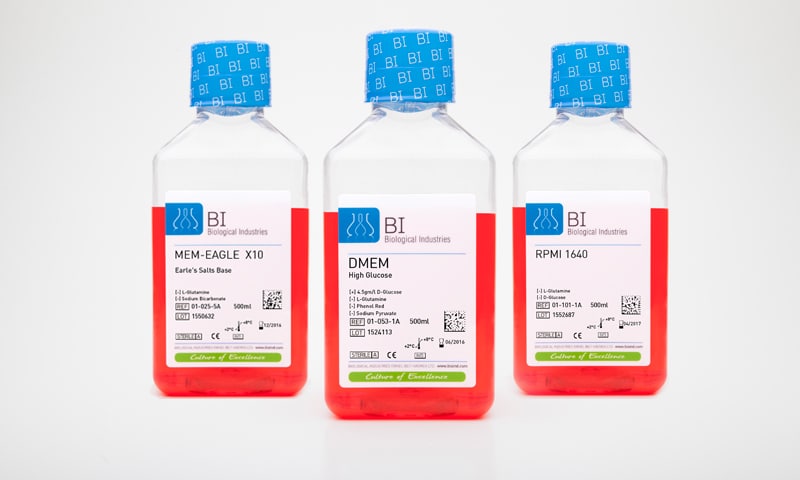
Allevi Blog
New Cell Media Will Change the Way We Study Cancer
- Updated on May 9, 2022

The first synthetic cell culture medium was formulated 60 years ago by an American physician named Harry Eagle. As a pathologist, Dr. Eagle needed a way to keep cells alive longer in the lab in order to study their growth and behavior. His formula, better known at EMEM (Eagle’s minimal essential medium), is a mixture of sugars, vitamins, salts, and amino acids. And, as its name implies, is the bare minimum of nutrients needed to keep cells alive ex-vivo.
Since its creation, Eagle’s medium has become an essential consumable in labs worldwide where it is used by researchers to study animal cells. However, the formulation hasn’t changed much since making its debut in 1959. Recently, scientists have begun to wonder if feeding cells the bare minimum of nutrients is skewing the results they are obtaining in the lab.
Thinking of EMEM as Gatorade (which it essentially is), you can imagine what would happen if you tried to subsist on a diet of Gatorade alone. Your body wouldn’t behave normally under such harsh conditions so why do we expect your cells to be any different?
In 2012, a researcher by the name of Saverio Tardito set out to create a more relevant cell medium.
“The vast majority of biomedical researchers use cell culture media that were not designed to reproduce the physiological cellular environment but were formulated to enable the continued culture of cells with minimal amounts of nutrients and serum”.
His final concoction, a new cell media called Plasmax, is a mixture of approximately 60 nutrients and metabolites found in human blood. In their paper, published in Science Advances, Tardito and his colleagues at Cancer Research UK Beatson Institute compared Plasmax with traditional cell culture media. They discovered that cells cultured in Plasmax behaved in a more physiological manner.
By studying this new cell media in conjunction with cancer cells, Tardito and his team concluded that their newly formulated medium can improve the degree to which in-vitro models behave as they would in-vivo and ultimately provide better models for cancer research.
As we enter the renaissance of tissue engineering, we are deepening our understanding of the complex organisms that make up the human body. In order to develop novel drugs, better study disease, and regenerate tissue, it is imperative that we develop more relevant models in the lab that mimic the geometry, environment, and diet that cells exist on in the body.

